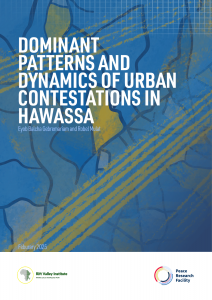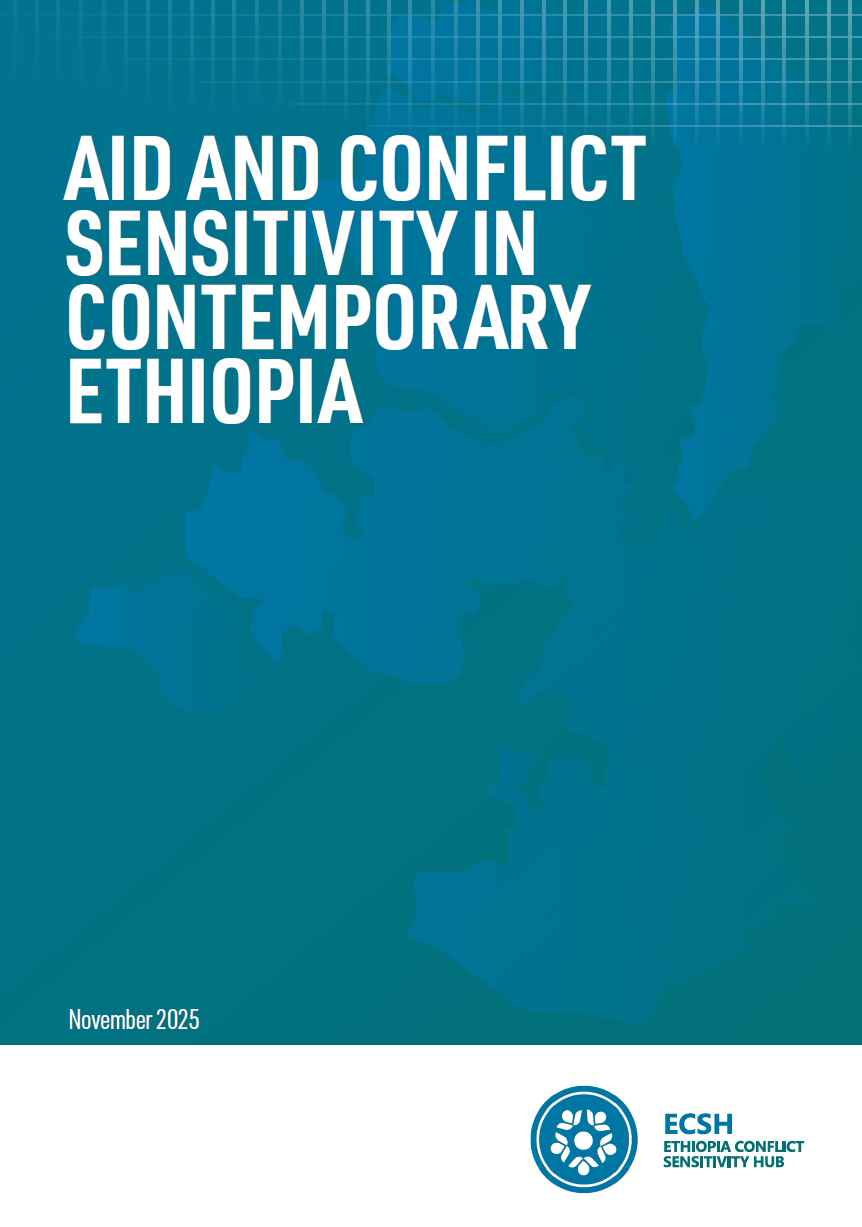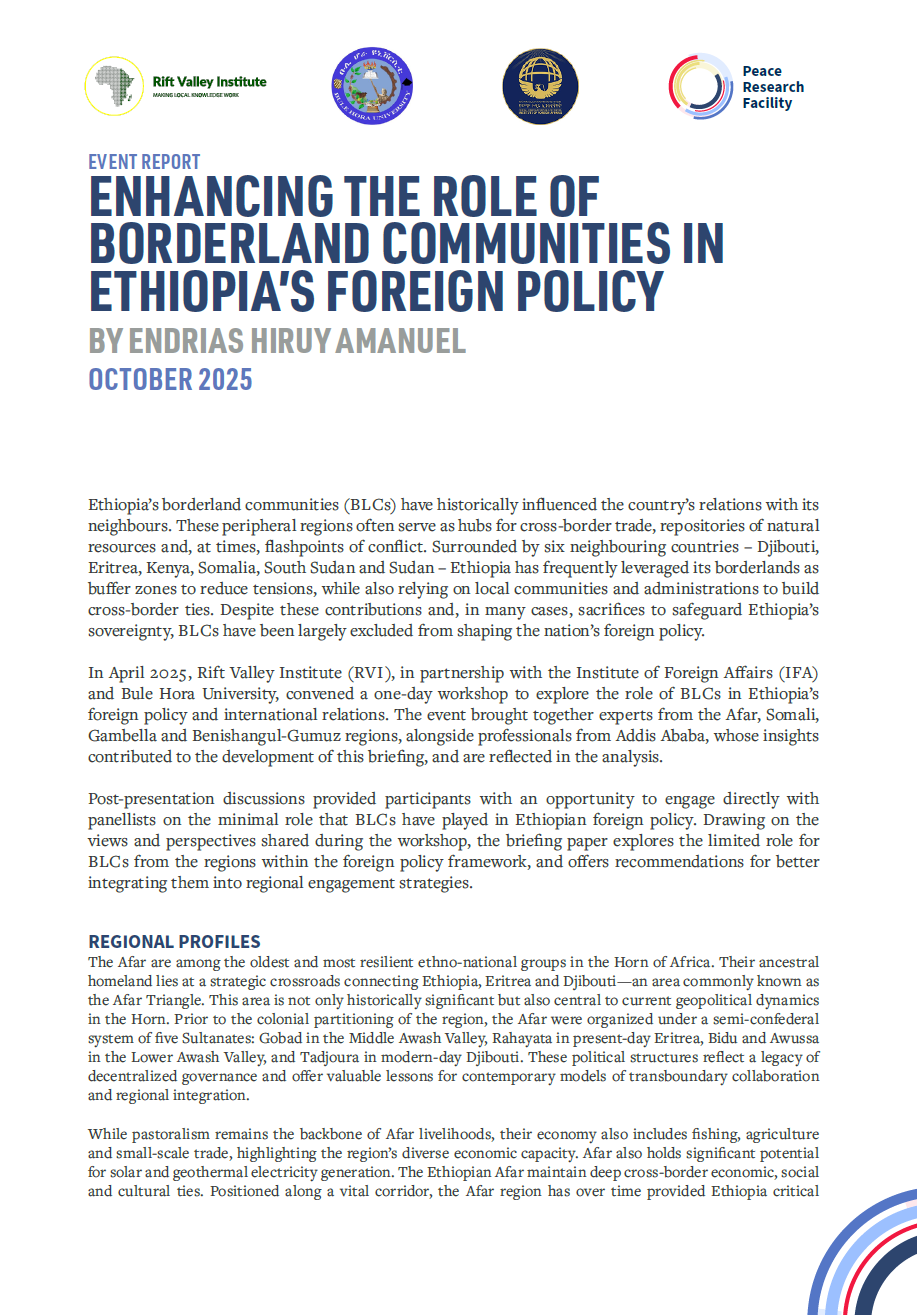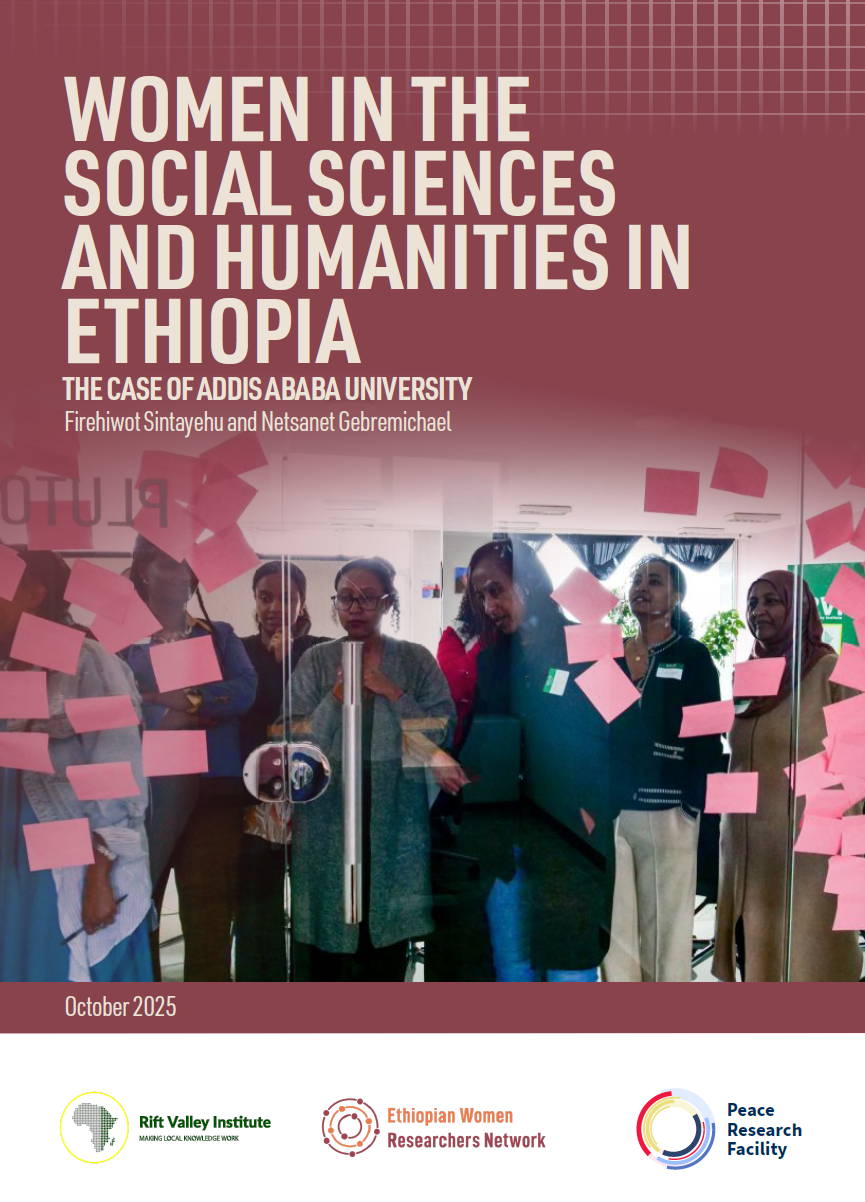Studying urban contestations in Ethiopia’s secondary cities can help us understand how the urban centres outside of Addis Ababa are evolving during an ongoing period of significant socio-economic and political change. In this regard, Hawassa in Sidama region provides an exceptional case where various layers of contestations over the past three decades resulted in changes at the subregional, regional and national levels. This study focuses on identifying the major actors and spaces of contestation and explaining the dominant patterns and dynamics of contestation in Hawassa.
- Hawassa provided the physical, institutional and discursive platform for the Sidama elite’s mission of controlling their own regional state and thereby reaffirming the Sidama identity.
- The victorious campaign to establish Sidama region paved the way for three other new regions—Central Ethiopia, South Ethiopia and South West Ethiopia—to be carved out of the former Southern Nations Nationalities and Peoples’ Regional State (SNNPRS).
- The study’s findings are structured around three analytically distinct but inextricably intertwined lines of argument. The distinction made between the three layers of contestation is more analytical than empirical, as the reality on the ground is complex and interlinked. The analysis attempts to show the overlapping relationships while also emphasizing the important explanatory factors of each line of argument.
- The first layer focuses on the Sidama elite’s efforts to control Hawassa in their struggle for statehood, primarily against the federal and regional governments. This is presented as a vertical contestation.
- The second layer focuses on the contestations between ethnolinguistic, sociocultural and religious groups in Hawassa. Elites claiming to represent the Sidama and Wolayta communities are identified as the primary actors along with groups from the Ethiopian Orthodox Tewahedo Church (EOTC) and Protestant churches. The study approaches these kinds of contestations as horizontal.
- The third layer underscores the salient role in shaping urban contestations in Hawassa of the developmental ideology of the Ethiopian Peoples’ Revolutionary Democratic Front (EPRDF), the former ruling coalition. This layer helps to identify how the developmental thrust unique to the city brought new actors, socio-economic dynamics and processes into Hawassa.
- The first argument posits that Hawassa has been the epicentre of vertical contestations, primarily among the Sidama elites, SNNPRS and the federal government. The critical dynamic in this contestation was created by the Sidama elites’ claim that the city of Hawassa was on Sidama land.
- The key actors in the vertical contestation were political parties, and the major spaces of contestation were formal processes such as elections, referendums and decisionmaking at the regional and federal levels. The dominant patterns observed include co-optation, concession, repression and resistance.
- The second argument underscored the salient role of horizontal contestations in Hawassa. The main actors of horizontal contestation are elites who claim to represent ethnolinguistic, sociocultural and religious groups.
- Factors shaping the horizontal contestations include horizontal inequalities, a long history of competition among communities for control and access to resources, and the legacy of the state-making project at the national level.
- The identified spaces of contestation include language, control over public spaces, mainstream and social media platforms and public events such as religious and sporting occasions.
- Horizontal contestation takes a range of forms, including violent civil conflicts, exclusion and competition for visibility and dominance in public spaces. Violent civil conflicts involve individuals or groups, often organized informally. The Ejjetto, a group of young Sidamas, was the leading actor in violent civil conflict targeting non-Sidamas, mainly from the Wolayta community.
- The third argument foregrounds the salient role that EPRDF’s developmentalist ideology played in shaping urban contestations in Hawassa. Developmentalism manifested through major infrastructure projects such as Hawassa Industrial Park. The accompanying high rate of urbanization brought new actors into Hawassa, such as the migrant labour force and multinational corporations. The observed spaces of contestation include wages, housing, land and municipal services.
- Patterns of contestations were shaped by the deficiencies of the developmental thrust, which included weak planning, execution and provision of municipal services, corrupt land transaction and acquisition practices and issues of labour suppression and exploitation.
- Understanding the dynamics of the development-induced contestation, however, requires going beyond the administrative features and examining the political processes that enabled them. EPRDF’s developmentalism focused more on attracting foreign direct investment, with less priority given to supporting local companies and workers.
- Similarly, the EPRDF’s economic growth strategy meant it was more interested in the hard currency generated by international garment and apparel manufacturers than it was concerned about the exploitation of Ethiopian labour by global capital.
This report was written for the Ethiopia Peace Research Facility (PRF) and is part of its Knowledge for Peace (K4P) series on contested urban spaces. The PRF is an independent facility combining timely analysis on peace and conflict from Ethiopian experts with support for conflict-sensitive programming in the country. It is managed by the Rift Valley Institute (RVI) and funded by the UK government.
Please find an Amharic summary of the report here.




